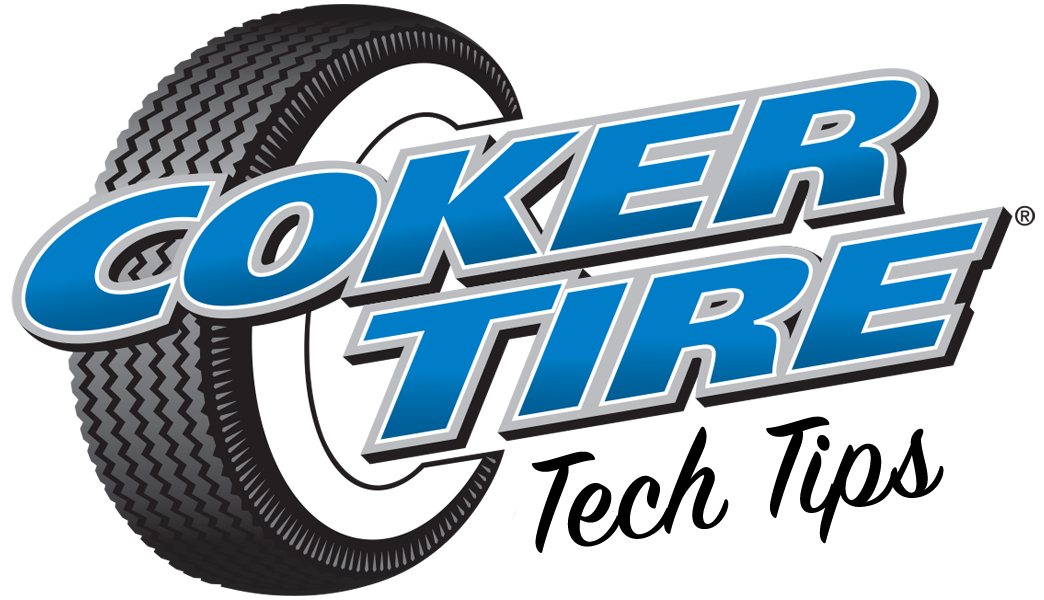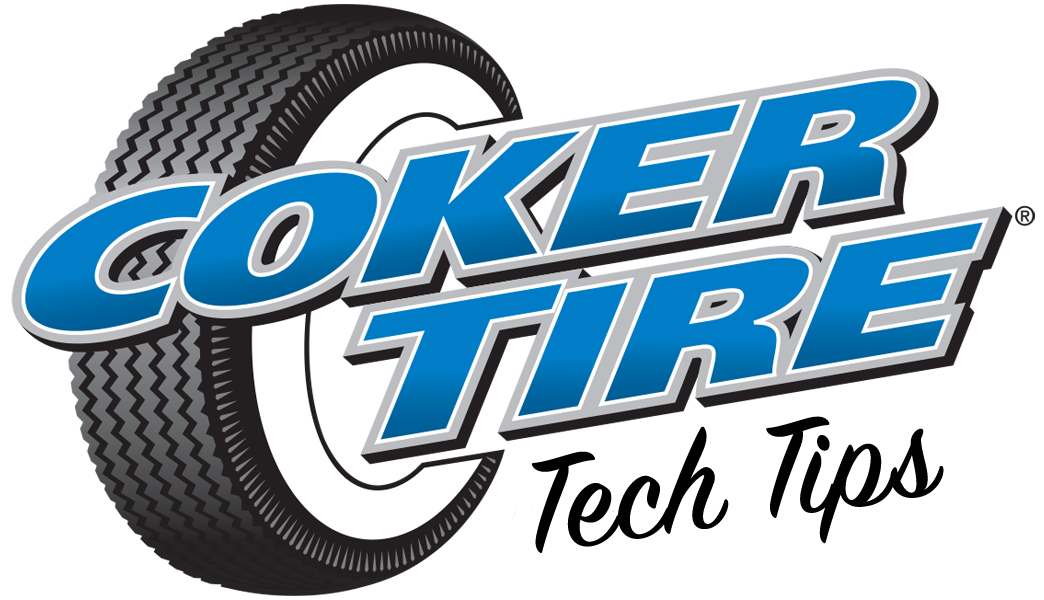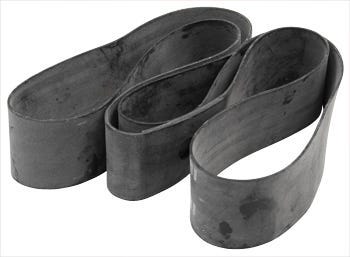Classic Car Tubes | Why Do You Need Tubes in an Old Car?


What types of tires need tubes? What types of cars use tube type tires? Do all bias ply tires require a tube? Why do certain tires require a tube and others can be run tubeless? These are all questions that we get on a regular basis. Our tire and wheel experts are always glad to help customers determine the proper tires, tubes, wheels and accessories for their collector vehicle. Tubes are a hot topic, because nearly every passenger car tire manufactured after the 1950's features a tubeless design, so why would any tire that we manufacture in the modern era need a tube? We're going to answer all these questions and give you additional information about flaps, rim strips, valve stems and more in this article.
Let's get started with the history of tube type tires. When the first pneumatic tires came about, neither the tire nor the wheel were air tight. In the case of clincher tires, the tube played a vital roll in keeping the tire mounted to the rim.
As time marched on, the high pressure tires of the 1900's and teens were phased out, in favor of "balloon" tires, which required less air pressure and offered a much softer ride. During this transition, the tube was still vital, as most wheels featured wire spokes, which would allow air to escape.
By the 1940's, several individuals and companies applied for patents for a tubeless tire design. While this didn't immediately succeed, a major milestone was reached by B.F. Goodrich in 1952, when it received the patent for a tubless tire. It was so successful that tubeless tires were standard on American vehicles just a few short years later.
The new tubless tires featured a different bead design, as well as a new butyl rubber compound formula that was more airtight than previous tube type tires.
Tubes still continued to be common for motorcycles, bicycles and many other applications, but the end of the era for tube type passenger car tires came in 1955, as most new cars rolled off the showroom floor with tubeless bias ply tires. From that point on, the only tires that came with a tube were those mounted to wire wheels or other types of vintage-style wheels that would not hold air. These days, we still produce tube type tires for the appropriate applications. For instance, a Ford Model A uses wire wheels, so we only manufacture tube type tires for this application. A '57 Chevy , on the other hand, has tubeless offerings, whether it's bias ply or radial construction. Some of our bias look radial tires (Coker Classic 16-inch Radial and Excelsior Stahl Sport Radial) utilize a tube, because they are often used on Pre-WWII vehicles. We offer tubes to fit MANY applications, and we always suggest replacing tubes when replacing your tires. The rubber tube can deteriorate and cause issues, so it's better to be safe than sorry. Tube sizing depends largely on the tire in use, and we've gone to great lengths to make tube selection an easy process, whether you're ordering by phone or browsing our website.
Valve stem sizing plays into the correct tube fitment for your application, whether you're using a tube or going tubeless. The most common valve stem size for wheels produced in the 1950's and later is 3/8-inch. Earlier wheels, have a larger, 5/8-inch valve stem, like the tubeless valve stem pictured. If you try to use a tube with a 3/8-inch valve stem in a wheel with a 5/8-inch hole, we do offer a grommet to take up the extra space and keep your valve stem secure.
There are MANY types of valve stem sizes. For tube type tires, the most common are TR13 (3/8-inch diameter and 1-1/2-inch tall) and TR15 (5/8-inch diameter and 1-1/2-inch tall). We offer tubes with rubber or metal stems and many other options.
Older applications utilize other valve stem types, including TR135, TR127, TR440, TR150, TR444, TR383, TR441 and more. Motorcycle tubes typically use a TR4 or TR6 (5/16-inch diameter, 1 inch tall) metal valve stem in the center position. Tubes for vintage trucks often feature a bent metal stem to make airing up the tires much easier.
Our Hartford brand tubes are the best in the industry, and offer reliable service for many types of cars, trucks and motorcycles. We offer dozens of sizes and valve stem combinations, including many heavy duty tubes and radial tubes for use in our modern radial tires. We also offer original style valve stems for vintage wire wheels and wooden wheels, in addition to dust covers, custom valve stem caps and many more accessories to finish off your restored or custom build.
When is a rim strip necessary? We suggest using them on any wire wheel. The thin strip of rubber stretches over the rim and protects the tube from the nipples that connect the spokes to the rim. We offer them in two sizes for motorcycle and passenger car applications.
The 16 inch Rim Strip can be used for automotive or motorcycle use, and fits only 16-inch wheels. The other size fits 17 through 21 inch rims, at it is a little more stretchy to accomodate the many sizes and applications. This is necessary for a Ford Model A, any motorcycle, and just about any wire wheel.
The only time you DO NOT need a rim strip with a wire wheel is if the wire wheel is sealed for tubeless use. Some of our wire wheels are tubeless, but we always suggest new rim strips if your application calls for it. They are cheap insurance to prevent a problem down the road.
Flaps or Liners
Flaps (sometimes called wheel liners) are typically used on applications with a flat based rim, like a split rim or other types of two-piece rims. It fits over the rim to protect the tube from rubbing against the metal surface of the rim. We offer flaps in many sizes, ranging from 15- to 28-inch rim diameters. Most feature a provision for center valve stem.













